Since I’m the biggest square in town, I thought it would be appropriate to do a page, or set of pages, on the five major squares in Manhattan south of Central Park: Madison, Union, Stuyvesant, Tompkins, and Washington. (Yes I know I have left out Bryant Park and Greeley and Herald Squares, which I’ll get to in an upcoming date). It was in April 2011 during one of my periods of unemployment, so I did it during the work week, when the streets were at their busiest and I was able to blend in fairly easily and the sight of a shambling, shuffling tourist with a camera was not tremendously unusual; it was also one of New York’s very occasional sunny April days with pleasant temperatures.
My aim was not to emphasize the parks themselves — I’ve done pages on statuary in Madison and Union, as well as a page on Tompkins Square, and may revisit them soon enough — NYC is constantly changing and I have been dazedly wandering its streets for over 50 years, but with a camera for less than 15, so there is constant catchup to do.
My emphasis here is not only the squares, but their interstitial streets–I chose a random route between them, but, perhaps, after the whole walk is done, a common thread can be found between all five. Or maybe not.
After walking from Stuyvesant to Tompkins Squares as shown in Part 2, I headed south on Avenue B and then west on East 6th (3 directions in one sentence!) and found …
…some unusual artwork mounted on a traffic stanchion…
…and a high intensity lamp mounted on a wall bracket. Not sure why it’s here, where it illuminates the sidewalk.
When writing this page I was wondering if Joe’s Bar appears in Ben Westhoff’s 2010 edition of New York’s Dive Bars. Which, of course, it does.
The crowd in the bar was was a seriously diverse crew of rabble rousers, including a tattooed Japanese girl in a sequined belt, a Lil Wayne lookalike wearing a winter cap balanced atop his dreadlocks, and a leopard-print clad cougar at the bar. There was even a guy in a suit and tie, mingling near the pool table.
Joe’s is falling apart, but very slowly, and it’s fun to examine its various nooks and crannies, each in a different stage of decay. There’s an empty storage locker in the back, a blown-up Elvis stamp (the young one) and a giant, Soviet-era Lowenbrau clock…
Identity, at #511 east 6th, has a lot of flags above the door…how many can you identify?
415 East 6th near Avenue A is, or was, the Anshei Meseritz synagogue, built 1910. The synagogue has been in negotiations to build a condominium on top of it, or alternately, erecting a new residential building and placing a synagogue on the top two floors, pitting it against neighborhood preservationists.
Community Center/Max Raiskin Center, 325 East 6th between A and 1st Avenues, was St. Mark’s Evangelical Lutheran Church from 1957-1940, a German immigrant congregation that chartered the General Slocum steamboat for a day excursion on June 15, 1904. Because of a not so funny comedy of errors, incompetency and general indifference, over 1000 day trippers lost their lives when the boat caught fire and the captain steered the vessel toard North Brother Island in the East River instead of seeking a berth on the East Side shore. In addition, the steamboat’s life preservers were wired and glued to the deck, rendering them useless; the life jackets turned to powder when put on; and the fire hoses burst under water pressure. Many of the decedents had never learned to swim. The steamboat company’s directors escaped with little blame.
Ed O’Donnell’s book Ship Ablaze tells the whole story.
At 2nd Avenue and East 6th, the small, unprepossessing building in the middle, the one with the Emigrant bank on the ground floor, used to be a NYC rock and roll mecca, the Fillmore East.
Bill Graham took over the old cinema/Yiddish theatre in early 1968 and for two full years and part of two others presented a roister of superstars that to this day reads like a classic rock radio playlist. Just about every big name in rock and roll except the Beatles and Stones played the Fillmore East (Graham’s east coast counterpart was the Fillmore West in San Francisco.)
No official plaque marks the spot of the Fillmore East(and none, for that matter, marks the locales of other legendary NYC rock venues such as CBGB, the Palladium, Bonds of Times Square, Folk City, Max’s Kansas City, the Peppermint Lounge (either of them), Danceteria, the Ritz, the Lone Star Cafe and many others.
Should NYC store awning signs be landmarked? It would be difficult to do that– businesses come and go. But Block Drugs, established in 1885, has dominated the SW corner of 2nd Avenue and East 6th since the 1940s with this astounding neon sign, which lights up in red at night.
225 East 6th is the Hudson East apartment building, finished in 1997. Undoubtedly nice to live in but nothing special architecturally. However…
…the builders did include a plaque, which has become somewhat worn down and ignored over the years, honoring the Fillmore East.
Taras Shevchenko Place, named for a famed Ukrainian painter, poet and social activist (1814-1861), is a one-block alley between East 6th and 7th just east of Cooper Square. It has been the site of a great deal of change over the years, as the massive new Cooper Square Academic Building was erected on its west side in 2007. But…
…in 2011, the city has been replacing street signs in ALL CAPS to putatively easier-to-read signs in upper and lowercase letters, and in this “case” the street’s former name (until 1978) Hall Place, was dredged up. The street was renamed when the St. George Ukrainian Catholic Church was built from 1976-1978 on East 7th, once block away.
A small dormered holdout on Cooper Square between East 5th and 6th, adjoining the new Cooper Square Hotel, 35 Cooper Square, was constructed in 1825. It was the former home of radical poet/dramatist Amiri Baraka and poet Diane DiPrima.
The building lost its fight to survive and was demolished in early 2011.
This space between the new #2 Cooper Square (left) and 16-20 Cooper Square actually has a name according to some maps: Stable Court — though I have never seen it marked on street signs. That doesn’t necessarily mean it doesn’t exist, though.
Architectural plans for #2 Cooper listed it, though.
#2 Cooper Square, on the corner of East 4th, isn’t bad as new buildings go, though it’s bland in a modern architecture way of things (rents went for $20,000 per month in 2011).
The Samuel Tredwell Skidmore House, #37 East 4th, is about the same age (1832) as the famed Seabury Treadwell house to its west, stood empty and crumbling for a few decades before it was completely renovated by the architects of the 2 Coper Square building.
Samuel Tredwell Skidmore was a dry goods merchant in New York City. He began his career in 1821 when he entered into partnership with Samuel D. Wilkins. In 1838, Wilkins died and he formed a new firm, Skidmore & Co., with John Ingraham. Skidmore also served as president of Howard Insurance Co., a trustee of the United States Trust Company, and a vestryman ofTrinity Church. In 1829, Skidmore married Angelina E. Drake (1810-1886); the couple had eight children. Winterthur Library
Believe it or not I’ve never been inside the Federal/Greek Revival Seabury Tredwell House at #29 East 4th, built in 1832 for Joseph Brewster but later owned by merchant Seabury Tredwell, who left it to his spinster daughter Gertrude, who resided here until her death in 1933; she was the inspiration for Henry James’ “Washington Square” and its film adaptation, The Heiress. Inside furnishings have been kept pretty much as they were in Gertrude’s day as the Merchant’s House Museum, and some say Gert hasn’t left yet and the house is haunted. (I would love the chance to disprove this by staying there overnight.)
Washington Square
By the spring of 2011 the controversial Washington Square renovation project was nearly finished, but the entrance shown here at Washington Square South (a continuation of East 4th) and Washington Square East was still closed; renovations were completed during the sumer. The reboot was controversial since it closed off large swaths of the park at a time and moved the fountain, a gathering place for decades, to the center of the park to line up better with the Washington Arch.
The history of this particular spot in NYC is long and varied; it was first a marshy area surrounding Minetta Brook, which ran from Midtown southwest to the Hudson River), then a cemetery (1797; a tombstone dated 1799 was actually found during the excavation process during renovations) a parade ground for military marching drills (1826); and finally, a public park (1827).
Eager for spring, crowds rushed the park in April 2011. Unlike the winter of 2011-2012, the winter of the previous year had been lengthy and cold in the Northeast, with 5 feet on snow on the season — three feet above normal.
Looking north past the fountain (which was installed in 1872, replacing an earlier one from 1852), to Stanford White’s memorial George Washington Arch (1892) and One Fifth Avenue, a hotel built in 1926, with a restaurant called One Fifth on the ground floor I would frequent in the 1980s.
If roads czar Robert Moses had got his wish, the circle around the fountain, which was once used to turn 5th Avenue buses and was open to motor traffic when the Queen of Avenues was one-way, and the fountain would be moved to make way for a connector road between 5th Avenue and LaGuardia Place. Locals fought Moses tooth and nail (as they did against his proposed Lower Manhattan Expressway on Broome Street) and after a lot of vitriol, the Master Builder backed down. However, the fountain was moved anyway between 2007-2011.
Less than ten years after Henry James first published his great “Washington Square”, specifically, on April 30, 1890 a five foot square area was cleared of tree and shrub and ground was broken for the east pier of Washington Square Arch. The crew had just a month to set the foundation in advance of the ceremony the City planned for the setting of the cornerstone. However, all work came to an abrupt halt after a short ten days. The workers had a grisly surprise. Just ten feet beneath the surface, skeletal remains of human beings were discovered. They went down another foot or two and every shovelfull of dirt brought up bones. The residents of Washington Square North congregated to watch this spectacle. This was a rather exclusive neighborhood, even then, and this discovery pointed the area out to have been a “potter’s field”, a nameless, markerless burial ground for the absolutely destitute.
But one resident, whose name is lost to time, argued with this conclusion. His research had suggested that a paupers’ cemetery was only under the south side of the square, and that the prosperous north side had been the site of an old and formal German cemetery. The excavators proved him right, finding the latest headstone dated 1803 on the north end. NYC Architecture
The campanile of Judson Memorial Church, at Washington Square South and LaGuardia Place. The church is also the work of architect Stanford White and went up in 1896; it was designated a NYC landmark in 1966. Adoniram Judson was the first American baptist missionary in Asia, working primarily in Burma. Like a lot of property in the area, most of the complex now belongs to New York University.
Two memorials to historic figures stand in WSP, one to Giuseppe Garibaldi, a founder of the united Italy, and the lesser-known 1889 Alexander Lyman Holley Memorial, featuring a bust by John Quincy Adams Ward.
While traveling in Europe, he observed the Bessemer process for making steel and realized its practicality and efficiency. When he returned to the states, he convinced his employer to buy the American patents for it and he became the foremost designer of steel works in the country.
The monument was dedicated Oct. 2, 1890, a gift from three professional engineering societies, the American Society of Mechanical Engineers, the Institute of Mining, Metallurgical and Petroleum Engineers and the American Society of Civil Engineers, though money was raised from related professional groups around the world.
Not everyone was thrilled by the gesture. Many critics, including the editorial boards of several New York newspapers, complained that Holley was hardly a household name. Dianne Durante, author of “Outdoor Monuments of Manhattan,” records the NY Times’s indignant (and rather tortured) thesis from April 24, 1890: “The time is coming … when sites for statues in the Park will be too scarce to be assigned to effigies from which the general public will derive its first knowledge that the originals of them have existed.” NYC Statues
For the past couple of summers (2010 and 2011) working pianos have popped up as art installations, and the public is free to play at whatever skill level they have.
That didn’t prevent thieves from making off with a 500-lb piano in the Bronx in June 2011, though.
From Comments:
The photo taken in Washington Square Park is not part of the public piano installation that was done a few years ago, but that is none other than Colin Huggins, a young and extremely gifted musician. He has been rolling his upright into WSP (among other places) for a few years now. Also on the right side of the photo of the arc in WSP is uber-talented guitarist Scott Samuels. These performers, and many more, are mainstays of the park. This park has an illustrious history of performance and it still thrives even within the clutches of the evil empire, NYU, who has over the years done everything within (and outside of) their power to take the park from the people and gentrify this public space as has been done all over our fair city.
Paul Zig has been feeding the pigeons in Washington Square Park for ten years [in 2012]. The birds cluster around him, knowing they will be fed. Even the hawks know him.
Chess has always been a tradition in WSP. Bobby Fischer, possibly the greatest all-time chess player, used to play here.
Washington Square Park in the “Village” area of New York is a historic place in chess lore. It is the place where many famous chess players have roamed and many stories have been borne. “Searching for Bobby Fischer” featured scenes in the famous park and featured these players as did movies like “Fresh” and books like “The Chess Artist.”
I remember hanging out in Washington Square Park back in the summer of 1990. I lived at New York University during the summer while interning at Time-Warner. Maurice Ashley and I met there so I could discuss with him a chess network I envisioned (it became ‘The Chess Drum’). In the park, I learned of “Russian Paul” “Sweet Pea,” “Poe” and other characters. Chess rivalries were heated and dollars were flowing. Ernest Colding came down there too. Chess Drum
Spring brings a plethora of color to NYC parks.
Washington Square North is lined with sumptuous townhouses facing WSP. The most celebrated of Washington Square North’s townhouses are between University Place and 5th Avenue (below), called simply “The Row” by its enthusiasts. Most were constructed in the early 1830s.
Lastly, Washington Square Park has been outfitted with lantern-style park lamps that approximate the ones that have lined Washington Square North for several years.
PART 1: MADISON to UNION
PART 2: STUYVESANT TO TOMPKINS
2/5/12






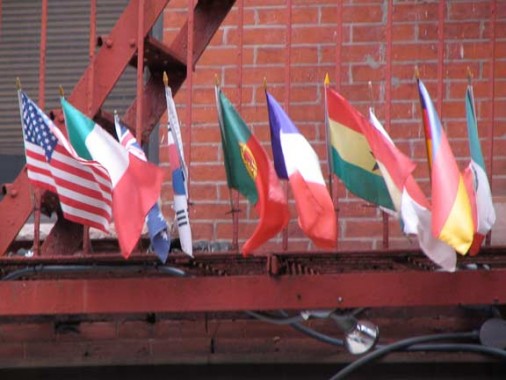
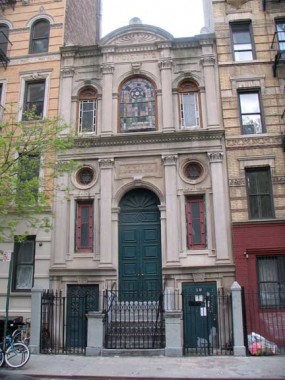


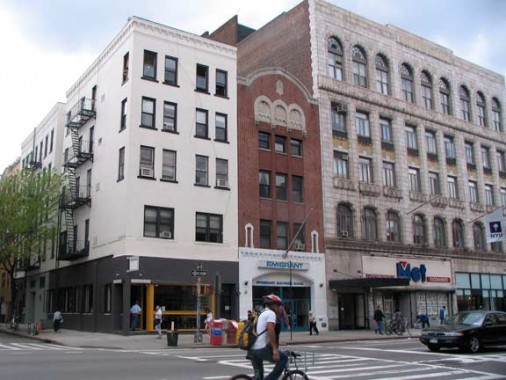
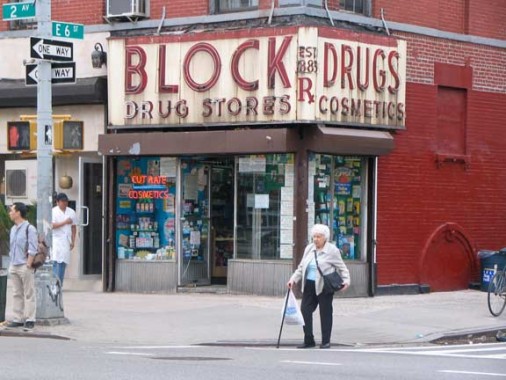
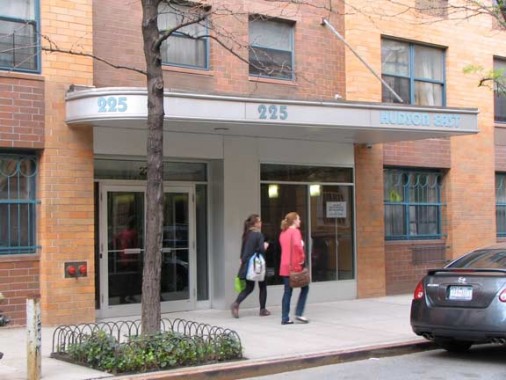
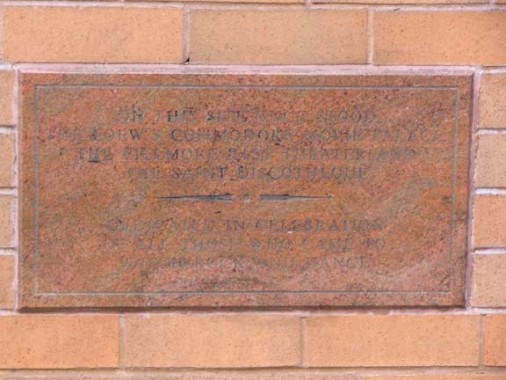
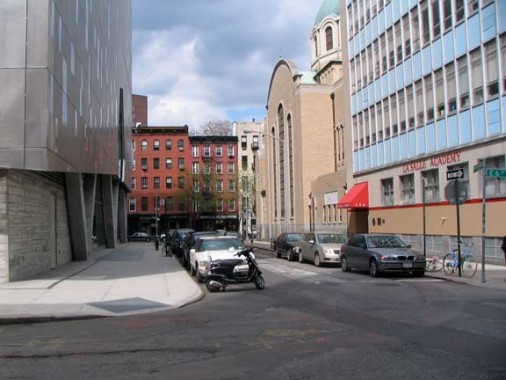

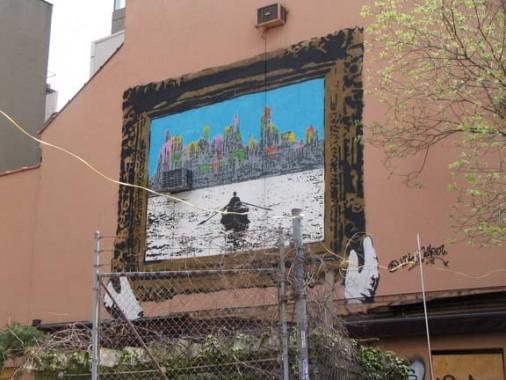


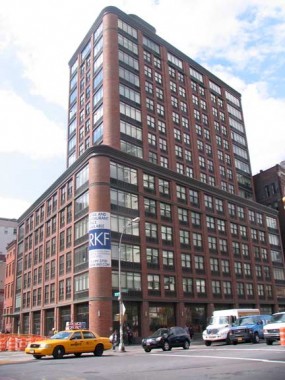
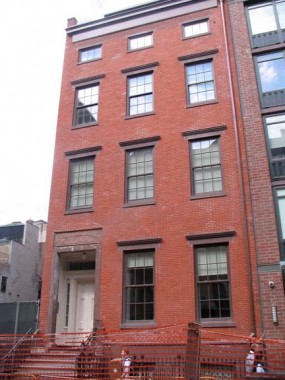

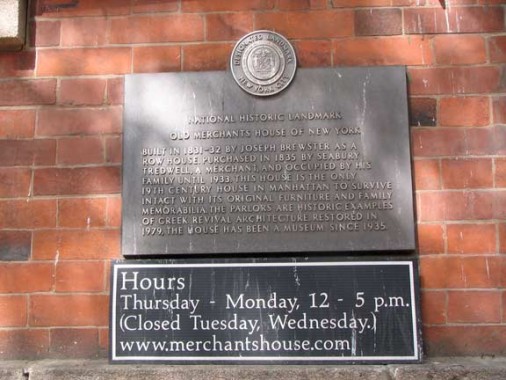
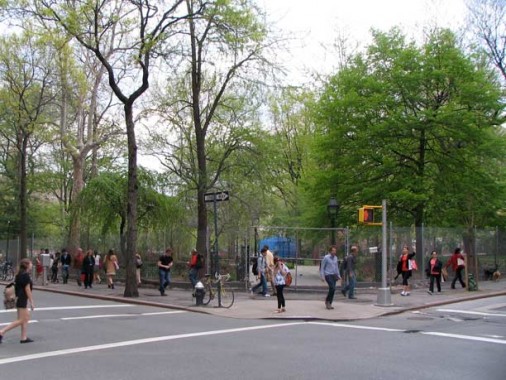
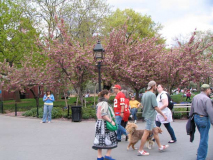
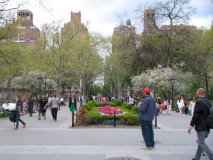
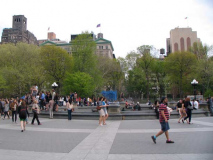
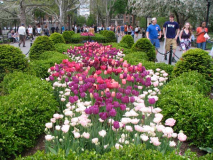
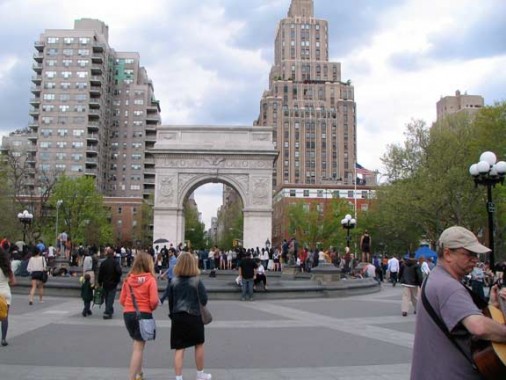



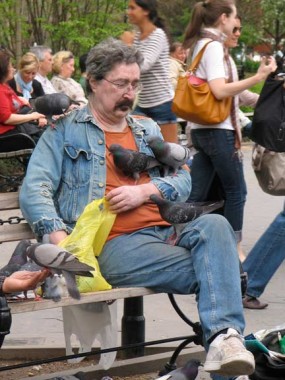
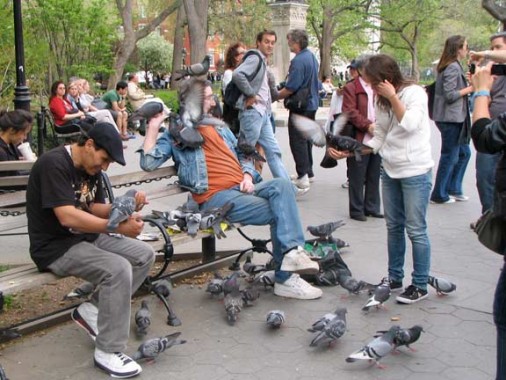
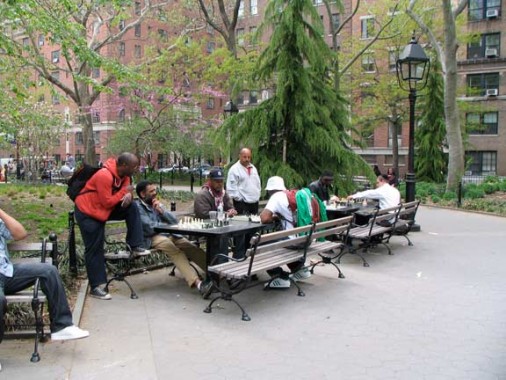

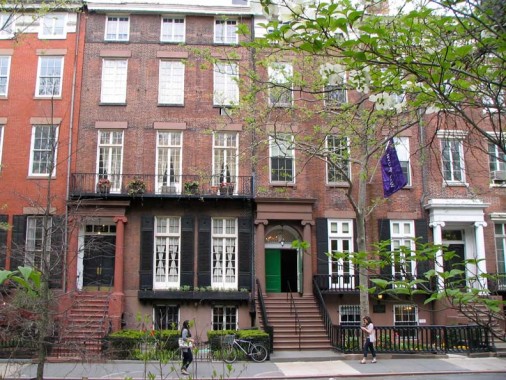
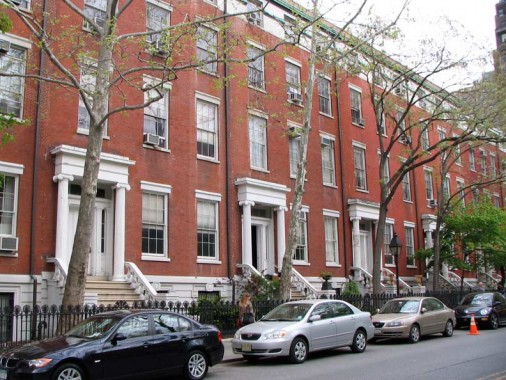
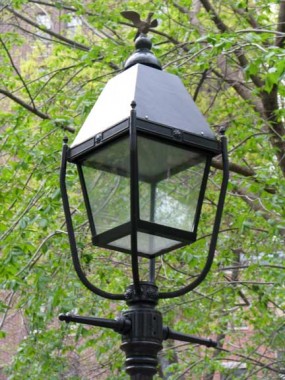
9 comments
Washington Square has been one of my stomping grounds since I was about six or so. She took a picture of me back then with the Arch and 1 Fifth in the background. Now that the fountain has been moved it will be difficult to replicate the shot. I will be 60 this year. Where does the time go? This is where the soundtrack should be Bud Powell.
From left to right the flags in the close up are USA, Italy, Australia, South Korea, Portugal, France, Ghana, Japan, German, Mexico. The others in the photo above that aren’t close enough to make out clearly…it is possible that three of them are the flags of the UK, Canada, and Brazil.
About that Fillmore East plaque: What does it say?
ON THIS SITE ONCE STOOD
THE LOWE’S COMMODORE MOVIE PALACE,
THE FILLMORE EAST THEATER, AND
THE SAINT DISCOTHEQUE
DEDICATED IN CELEBRATION
OF ALL THOSE WHO CAME TO
WATCH ROCK AND DANCE
The photo taken in Washington Square Park is not part of the public piano installation that was done a few years ago, but that is none other than Colin Huggins, a young and extremely gifted musician. He has been rolling his upright into WSP (among other places) for a few years now. Also on the right side of the photo of the arc in WSP is uber-talented guitarist Scott Samuels. These performers, and many more, are mainstays of the park. This park has an illustrious history of performance and it still thrives even within the clutches of the evil empire, NYU, who has over the years done everything within (and outside of) their power to take the park from the people and gentrify this public space as has been done all over our fair city.
@Charisse: Scott Samuels has been a friend of mine for over 30 years. He, like other musicians who frequent Washington Square, have been plagued by an obscure, ancient law against amplified instruments in NYC Parks. Emporer- I mean, Mayor Bloomberg brought this law out of cobwebs, and park enforcement agents have been swooping in with tickets of $200 or more. Washington Square has been an invaluable stage for aspiring and professional musicians for more than a century, and no local residents have ever complained about music- amplified or other.
And yet, when you enter the Square from the west end, closest to MacDougal, you’re still greeted with “Smoke- check it out.” This despite NYPD cars permamently parked on the south side opposite West Broadway.
Isn’t “smoke” part of the urban woof and warp that gives our city its flavor?
Somebody should tell the people in the title pic that those arent parrots their holding, and infact diseased flying rats
[…] [Photo via] […]